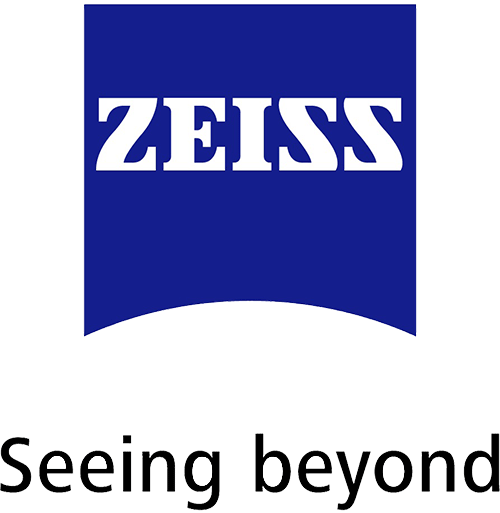Optical clearing is needed to tackle the problem that biological tissue isn’t naturally transparent. Beyond a certain thickness, it quickly disperses the order of any light shone into it, obscuring internal features. For more than 100 years, scientists have developed a succession of optical clearing techniques for making biological tissue more transparent, so that these internal features can be studied with light microscopy. This has required a lot of chemistry and quite a bit of optics.
In The Art of Tissue Clearing, Jacques Paysan of ZEISS describes these techniques, and explains the chemistry and optics behind them. He begins with an explanation of light and how science has probed its intricacies, before moving on to explore how science’s growing understanding of these intricacies has been applied to optical clearing. After a short history of clearing, he describes some of the most commonly used clearing techniques, both solvent- and aqueous-based, for animal and plant tissues. The book ends with three case studies showing how scientists are using optical clearing in their research today.
Engaging and informative, The Art of Tissue Clearing sheds light on the continuing challenge of enhancing the transparency of biological tissue.

